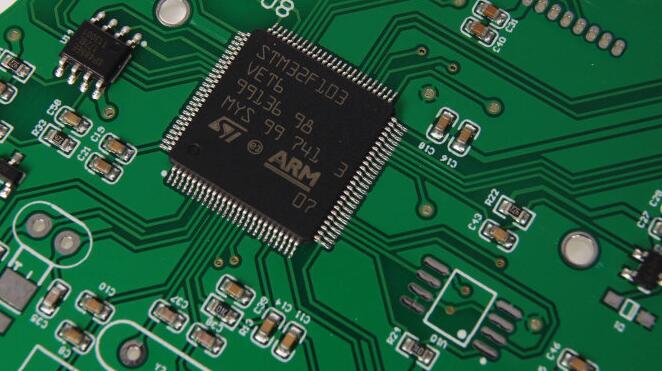About the current popular test methods for PCBA boards
Paying attention to the trend of environmental protection informatization and the development of various environmental protection technologies, PCB factories can start with big data to monitor the company's pollution discharge and governance results, and find and solve environmental pollution problems in a timely manner. Keep up with the production concept of the new era, continuously improve resource utilization, and realize green production. Strive to make the PCB factory industry realize an efficient, economical and environmentally friendly production model, and actively respond to the country's environmental protection policy.
The current PCBA board test methods mainly include the following five:
1. Test method for manual visual testing of PCBA board
Manual visual testing is to confirm component placement through human vision and comparison. This technology is one of the most widely used online testing methods. But with the increase in output and the shrinking of circuit boards and components, this method is becoming less and less applicable. Low upfront cost and no test fixture are its main advantages; at the same time, high long-term cost, discontinuous defect detection, difficulty in data collection, no electrical testing and visual limitations are also the main disadvantages of this method.
2. Automatic optical inspection (Automated Optical Inspection, AOI) PCBA board test method

This kind of test method is also called automatic visual test. It is usually used before and after reflow. It is a newer method of confirming manufacturing defects. It has a better effect on the polarity of components and the existence of components. It is a non-electrical, fixture-free online technology. Its main advantages are easy follow-up diagnosis, easy program development, and no fixture; the main disadvantage is poor short-circuit recognition, and it is not an electrical test.
3. Functional Test (Functional Test) PCBA board test method
Functional test is the earliest automatic test principle. It is a basic test method for a specific PCBA or a specific unit, which can be completed by various test equipment. Functional testing mainly includes final product test (Final Product Test) and the latest physical model (Hot Mock-up).
4. Flying-Probe Tester PCBA board test method
Flying probe tester, also called probe tester, is also a commonly used test method. Due to advances in mechanical accuracy, speed, and reliability, it has been generally welcomed in the past few years. In addition, the current requirements for a test system with fast conversion and no fixture capabilities required for prototype manufacturing and low-volume manufacturing make flying probe testing the best choice. The main advantage of the flying probe tester is that it is the fastest Time To Market tool, with automatic test generation, no fixture cost, good diagnosis and easy programming.
5. Manufacturing Defect Analyzer (MDA) PCBA board test method
MDA is a good tool for diagnosing only manufacturing defects in a high-volume/low-mix environment. The main advantages of this test method are low initial cost, high output, easy follow-up diagnosis and fast and complete short-circuit and open-circuit tests; the main disadvantage is that functional tests cannot be performed, usually there is no test coverage indication, fixtures must be used, and high test costs. . iPCB has passed ISO9001:2008, ISO14001, UL, CQC and other quality management system certifications, produces standardized and qualified PCB products, masters complex process technology, and uses professional equipment such as AOI and Flying Probe to control production and X-ray inspection machines. Finally, we will use double FQC inspection of appearance to ensure shipment under IPC II standard or IPC III standard.